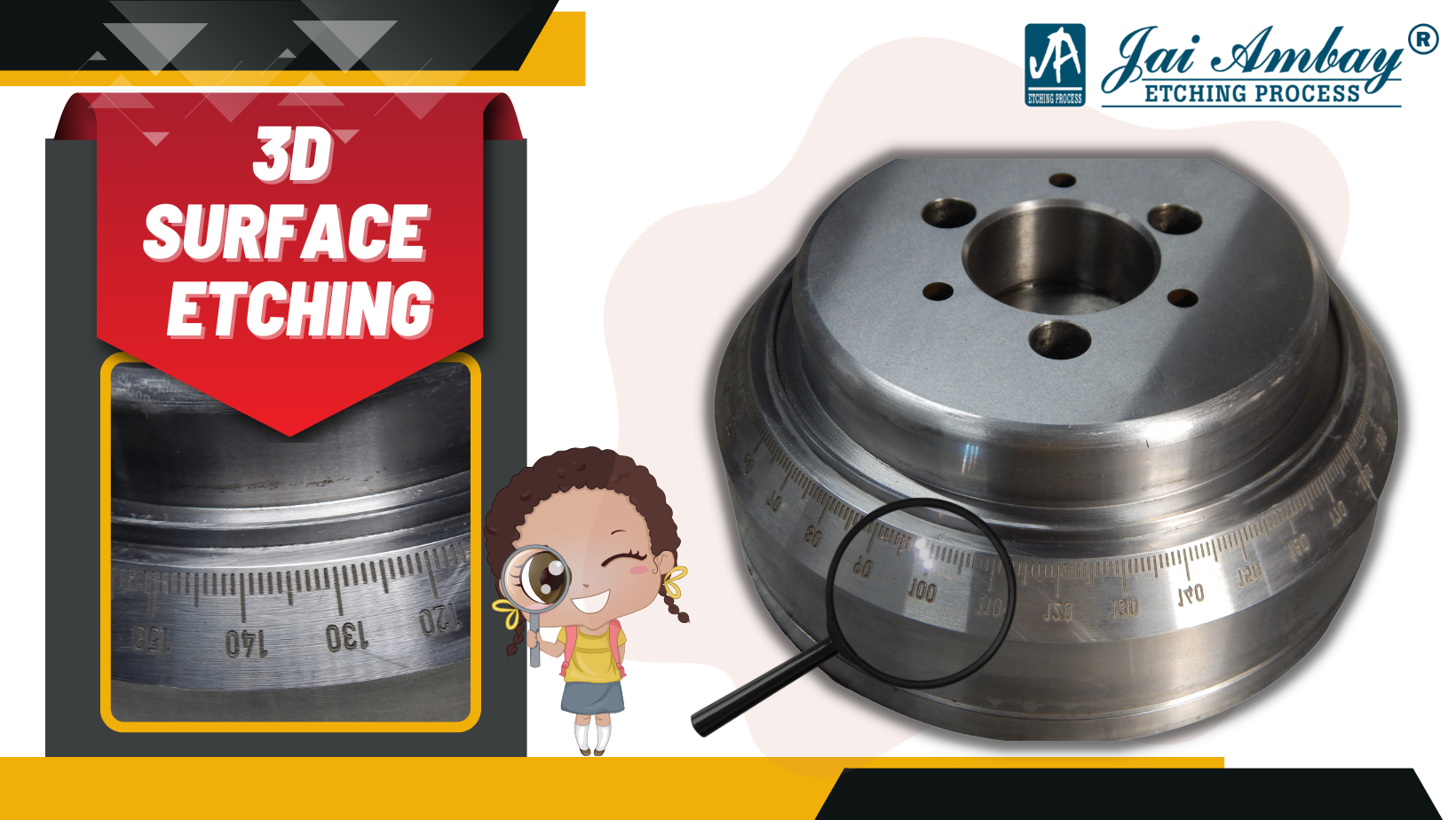Depth and Detail in 3D Surface Etching: Transforming Moulds
In the dynamic field of mould manufacturing, precision and innovation have become the pillars of progress. Molds, seemingly simple tools, play indispensable roles in shaping a wide range of products from automotive components to consumer goods. In this complex world, the combination of 3D surface etching and 3D laser engraving has emerged as a powerful duo that has revolutionized mould design and production. In this blog, we’ll delve deeper into the world of 3D surface etching and 3D laser engraving, exploring how they are replacing molds, and what a profound impact they have on creating depth and detail in these vital components.
Moulds: Industry’s Unsung Heroes
Molds serve as the basis for various manufacturing processes. They are responsible for shaping the complex and precise components that are the backbone of countless industries. Yet, despite their vital role in ensuring the quality and functionality of final products, they often remain in the shadows.
The Rise of 3D Surface Etching
3D surface etching is a cutting-edge technology that uses advanced machinery and software to create complex patterns, designs and textures on the surface of molds. The power of this technique lies in its ability to create multidimensional textures, turning a flat surface into a work of art.
3D Laser Engraving: An Artistic Touch
While 3D surface etching focuses on creating depth and texture, 3D laser engraving adds an artistic dimension to the process. This technique is often about bringing a design to life, by introducing intricate details and patterns onto the surface of the mold. The combination of these two processes creates a symphony of depth and artistry.
The Journey of Depth and Detail
The journey begins with meticulous design and programming. Once the design is ready, it is loaded into 3D surface etching and 3D laser engraving equipment. These machines use laser beams controlled by sophisticated software to create intricate patterns and designs on the surface of the mould.
Benefits of 3D Surface Etching and 3D Laser Engraving for Moulds:
- Enhanced Precision: These technologies ensure that each mold is made with impeccable precision, eliminating the possibility of defects in the final product.
- Depth and Texture: Multidimensional textures created by 3D surface etching add depth and tactile appeal to molded components.
- Intricate Patterns: 3D laser engraving enables the inclusion of intricate patterns and artistic elements, making each mold unique.
- Customization: These techniques can be customized to cater to specific manufacturing needs, from textures to branding elements.
The Artistry in Mould Manufacturing
3D surface etching and 3D laser engraving have opened new possibilities in mould manufacturing. Molds are no longer just utilitarian components, but works of art, characterized by precision, depth, and intricate designs. These technologies ensure that the products manufactured from these molds not only function seamlessly but are also attractive to look at.
The Future of Moulds
As technology advances, the possibilities for 3D surface etching and 3D laser engraving in mold manufacturing are limitless. Researchers and engineers are constantly looking for ways to increase the depth, complexity, and artistry of textures and designs. We can look forward to a future where molds will not only be accurate but will also serve as artistic canvases, celebrating the fusion of technology and artistry.
Conclusion: A Symphony of Depth and Artistry in Moulds
In conclusion, 3D surfaces etching and 3D laser engraving have redefined the world of mold manufacturing. They have transformed these simple tools into works of precision and artistry. Each mold becomes a masterpiece, a fusion of human ingenuity and precision of technology. As technology continues to evolve, new molds will continue to redefine the possibilities of product aesthetics, celebrating the artistry that lies at the heart of engineering. Depth and detail in molds is no longer an aspiration but a standard, ensuring that the products they shape are not only functional but also visually and tactilely captivating.
,

